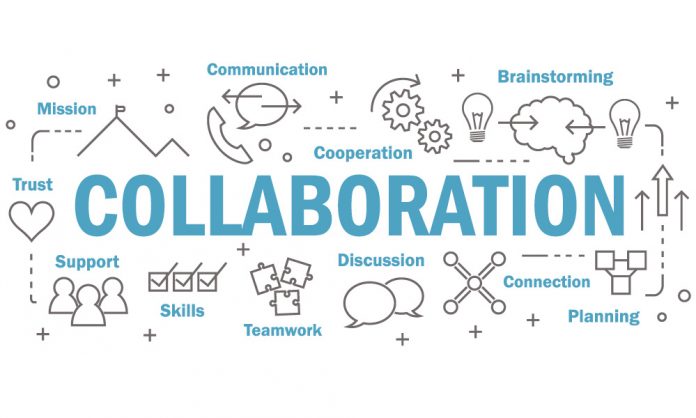A hot topic in UK water companies right now is “resilience”. ATi UK’s Managing Director, Dr Mike Strahand, believes it is a key part of what the DWI expects from water companies and is a big element in many PR19 submissions.
This is particularly important in water distribution systems. With the population still growing, there is an ever-increasing demand for more water to be moved from treatment works to users at the end of the long distribution systems. Changing flows in water distribution systems can provoke discoloration events, by dislodging material from pipe walls. Moving water from concrete pipes to metal pipes can cause pH changes, which in turn can give rise to corrosion issues that again can provoke discoloration. Water standing still in storage tanks or in pipeline dead legs can “age” and disinfection levels could drop to potentially risky low levels. If the resilience of the network could be improved, changes in flow, pressure and water quality will have less impact on the customer experience.
In order to understand these types of phenomena and to then take action to minimise the risk of them occurring, big changes are needed. Water quality is going to have to be measured at 1000’s of points in distribution networks, to allow water companies to start to understand their networks.
To deliver real value, water companies in the traditional supply chain will have to collaborate. Finger pointing and the blame game must become a thing of the past. All that matters is delivering insights to the water industry. Sensor manufacturers will need to work hand in hand with installation and project management companies. Handing over thousands of sensors and an instruction manual is not an approach that will work. Training, development of SOP for start-up and maintenance is vital. The terra bytes of data generated by the sensor need to be moved to somewhere useful. Sensor manufacturers and “data movers” will again need to work together to optimise the sensor locations for optimum signal strength and data transmission rates. Compromises may need to be made. Terra bytes of data are no use on their own. Water companies will need to allow model developers and programmers access to this new data to extract value and meaning and deliver the actionable insights that will allow water companies to improve their networks and make them more resilient.
Delivering innovative and integrated solutions
Embracing new technologies also presents opportunities. Cloud computing can be used, quickly expanding the evidence base from which options can be developed and decisions made. By collaborating to connect people, data and resources, we can open opportunities to achieve more cost-effective solutions with greater benefits to the water industry, the environment and society.
Thanks to developments in analytical technology, the industry has seen a huge step forward in the analysis of water, allowing water companies a bigger insight than ever before into water quality. New, innovative and ground-breaking technology, such as the MetriNet, has seen a surge in transparency, meaning we know more about the makeup of our water. Securing enough water resources for the coming years will take more than a single solution; it will require a collaborative and holistic approach.
Why collaborative working is the answer
Developing an integrated approach to address water quality challenges, working collaboratively with partners, stakeholders and regulators is what is needed to meet the challenges ahead. There is a need to develop a long-term multi-sector water resources strategy to provide a sustainable supply for the next 100 years, resilient to the effects of climate change, population growth and drought. By collaborating with partners from different sectors, water companies can optimise their expertise and expenditure, ensuring a robust outcome for themselves, wider society and the environment. Collaboration between as many as five or six suppliers working hand-in-hand with new business models is the only way to deliver water quality as a service.
Some water companies have taken the first steps on the path to improved resilience and in every single instance to date, water quality monitors in the network have identified previously unknown issues. Delivering a twenty-year improvement plan will be a tough task, but the goal of resilient water distribution networks is delivering better quality water at a lower cost makes a task worth undertaking…..collaboratively of course. The need for innovation is ever present and collaboration is no longer just an option – it is an obligation.




